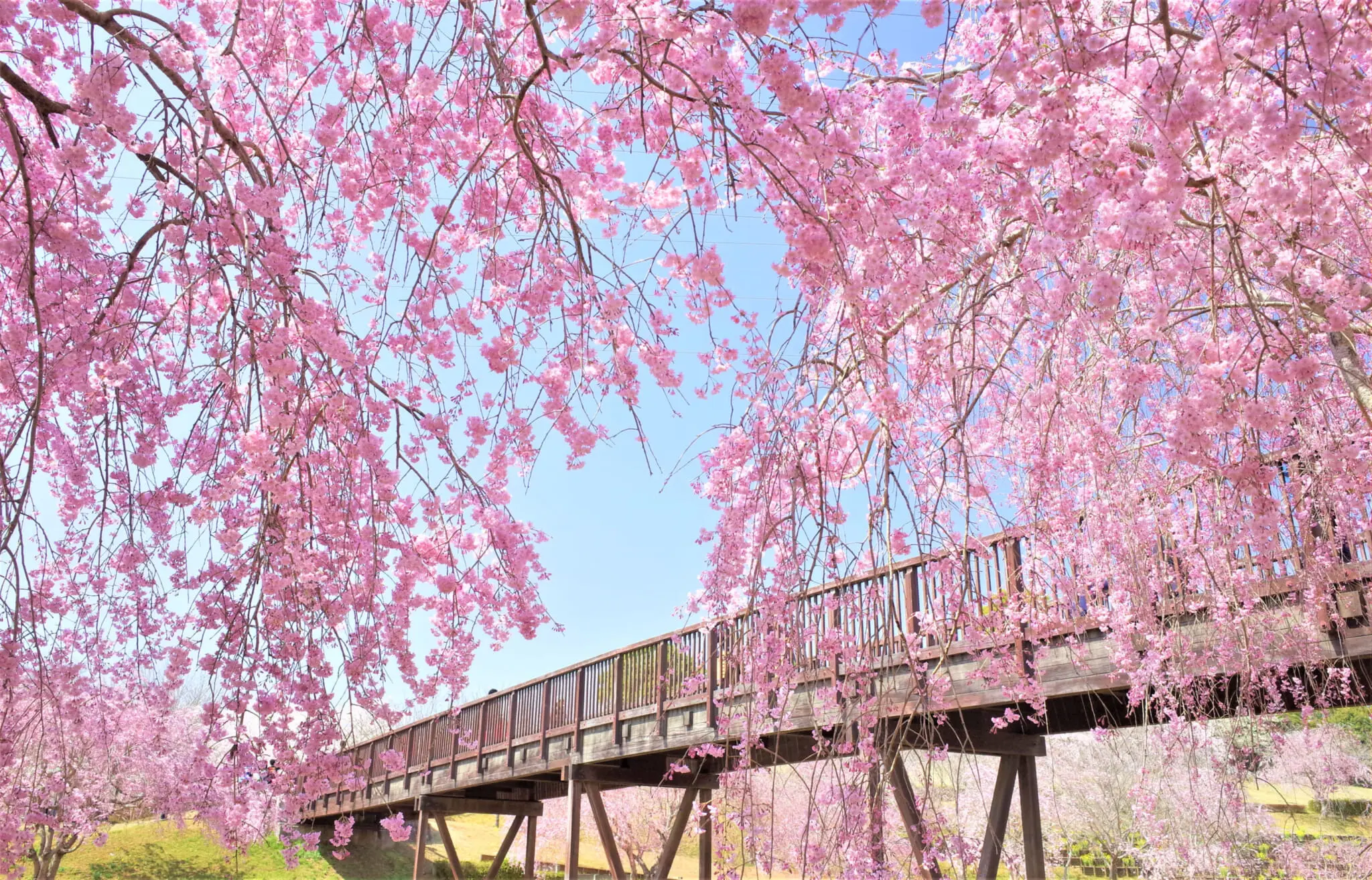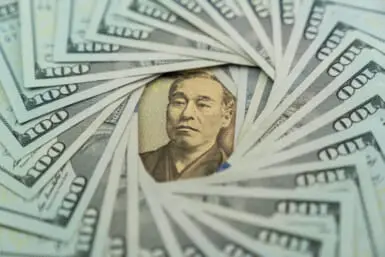There are said to be 11 original wild cherry blossom species in Japan, but after decades of selection and cultivation, there are now, in fact, over 200 varieties, ranging from the world-famous Somei Yoshino to surprisingly early and late-blooming species. Although Japan’s hanami season is notoriously short, if you know your way around Japan’s sakura species, you can enjoy these famous flowers for much longer than the poignantly fleeting two weeks when the major cherry blossoms are in full bloom.
The Different Types of Cherry Blossoms
There are some key qualities that differentiate the hundreds of species of cherry blossoms. These include the number of petals, the color, the shape of the tree, the timing of when the leaves sprout and when the flowers bloom. Most cherry blossoms are pale pink or white and have five petals, but they can also have over 100 petals and be bright pink, yellow or even green. Generally, the larger the number of petals, the later they bloom, especially if they bloom after their leaves sprout.
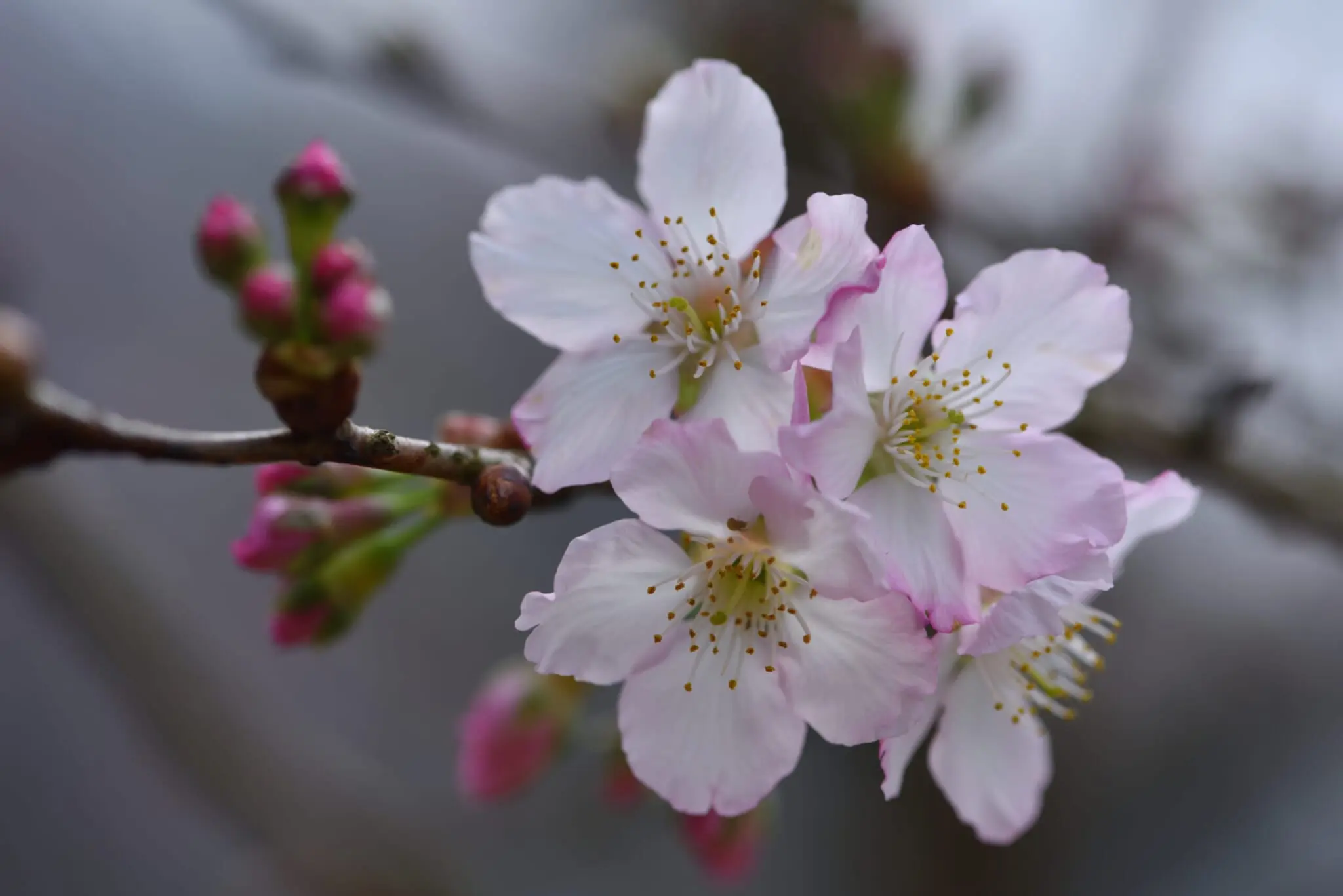
Common Sakura
Somei Yoshino
Blooming Period: late March to early April
As the most prolific cherry trees in Japan, Somei Yoshino are certifiably sakura royalty. Because they bloom before their leaves emerge, these cultivated sakura species are particularly dramatic and fluffy in appearance, garnering millions of tourists to gather each year to witness what is a fleeting spectacle.
Shidarezakura (Weeping Cherry)
Blooming Period: late March to early April
Shidarezakura bloom about a week before Somei Yoshino, and their appearance is adequately represented by their name, which translated means “weeping cherry.” The Shidarezakura is the official flower of Kyoto.
Yaezakura
Blooming Period: mid-April to late May
Yaezakura, which translates to “multi-layered sakura,” is a catch-all term for sakura with more than five petals. These are some of the last cherry blossoms to bloom in the year because of their multi-petaled nature.
Yamazakura (Mountain Sakura)
Blooming Period: March to April
Yamazakura is the most dominant wild sakura species. The pale pink, five-petaled sakura grow at the same time as their leaves, making for a less intense appearance than the Somei Yoshino.
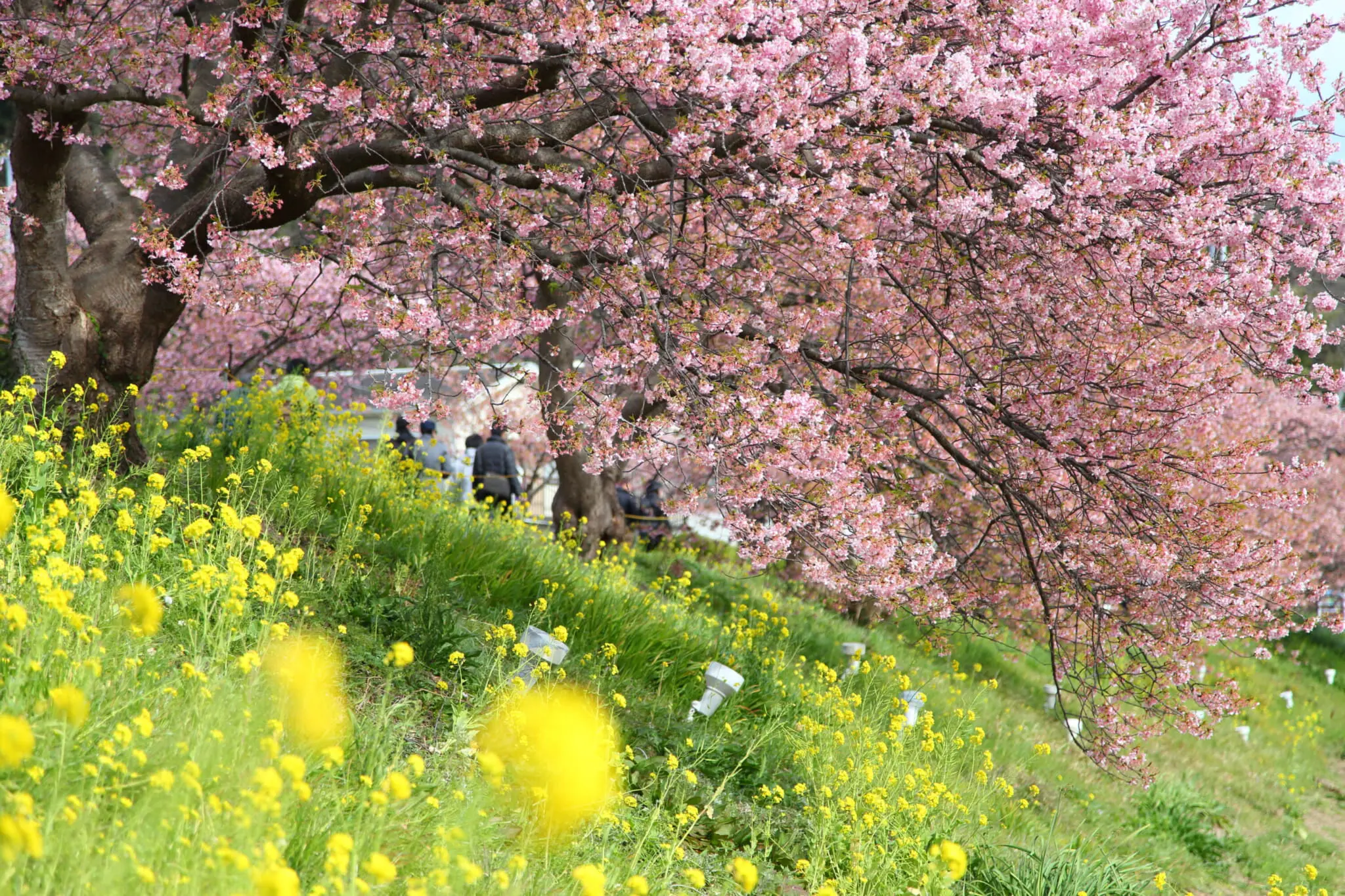
Early-Blooming Sakura
Kawazuzakura
Blooming Period: early February to March
Kawazuzakura are named after the Izu town where they were first found in 1955. Because of the peninsula’s warmer climate, Kawazuzakura start blooming at the beginning of February. It takes them a month to reach peak bloom, making for a large window to see the deep pink blooms.
Kanzakura
Blooming Period: January to March
Meaning “cold sakura,” Kanzakura usually bloom in March, but can be found as early as January, surprising visitors each year.
Kanhizakura
Blooming Period: January to March
These deep pink, bell-shaped sakura are native to Okinawa, and can be found as early as January in the southern islands. In Tokyo, they can be found blooming in March.
Edo Higan
Blooming Period: mid March to early April
Deriving their name from higan — spring equinox — Edo Higan are known as early-blooming sakura. They are also long-living. Japan’s oldest tree in Yamanashi Prefecture is an Edo Higan cherry tree.
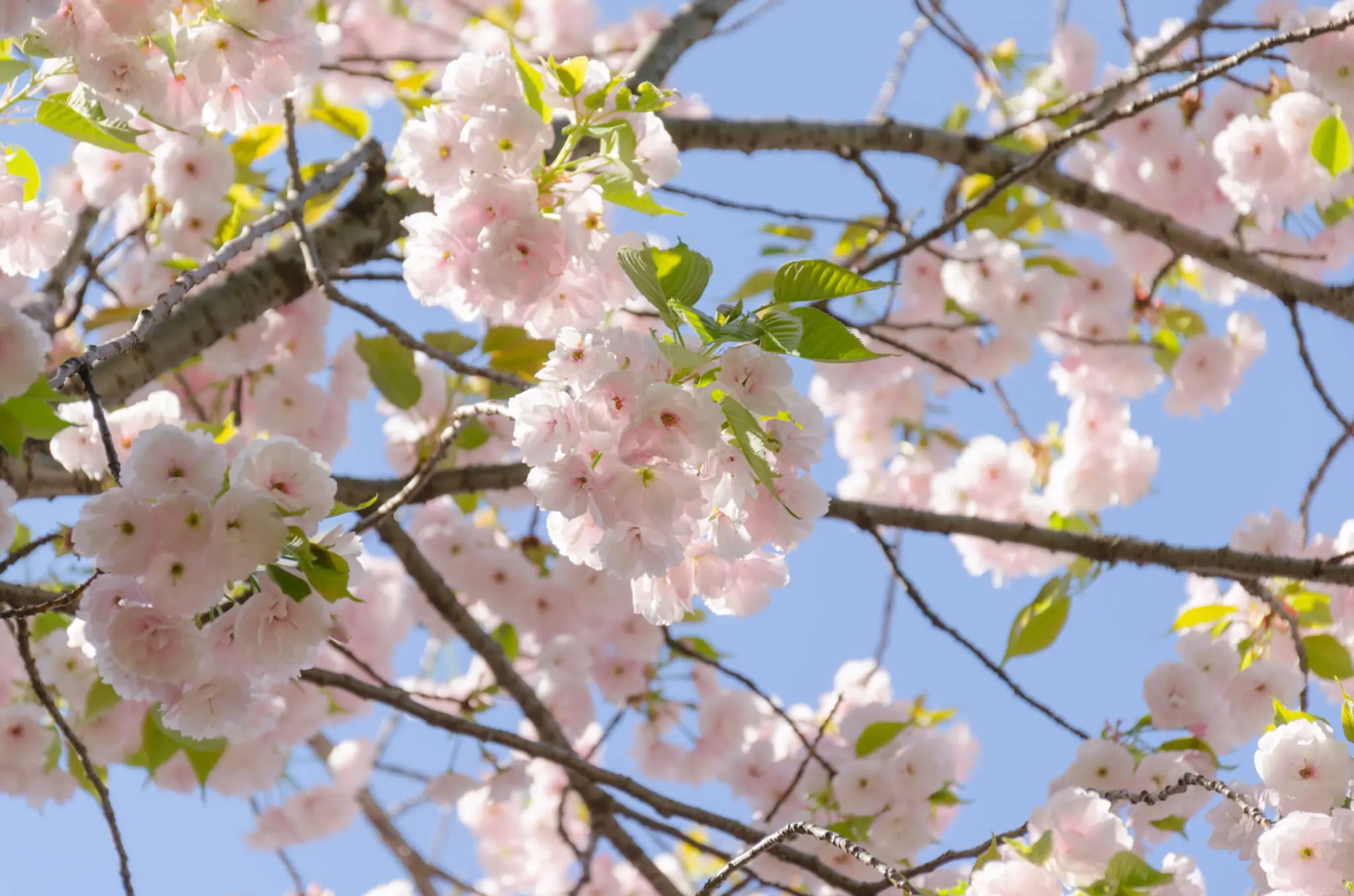
Late-Blooming Sakura
Ichiyo
Blooming Period: mid-April
One of the most common late flowering cherry trees, Ichiyo are recognizable for having around 20 light pink petals per blossom, with bright, fresh green leaves.
Kanzan
Blooming Period: mid to late April
Another common Yaezakura variety, Kanzan have between 30 and 50 bright pink petals and copper-colored fresh leaves.
Takanezakura (Alpine Cherry)
Blooming Period: May to July
Blooming at a high altitude, Takanezakura are late to bloom in the year. They are native to Hokkaido’s steep slopes, but can also be found in the cooler climate of Honshu.
Kikuzakura (Chrysanthemum Cherry)
Blooming Period: late April to early May
Kikuzakura, meaning “chrysanthemum cherry,” get their name from their fluffy, round appearance due to their 100 or so petals. They bloom after the emergence of their fresh leaves, which partially hide the pink blossoms.
Oshimazakura
Blooming Period: mid-April
Native to the Izu Oshima Island, Oshimazakura are bright white and have a beautiful, refreshing fragrance. The pickled cherry leaves of sakura mochi come from the Oshima cherry trees.
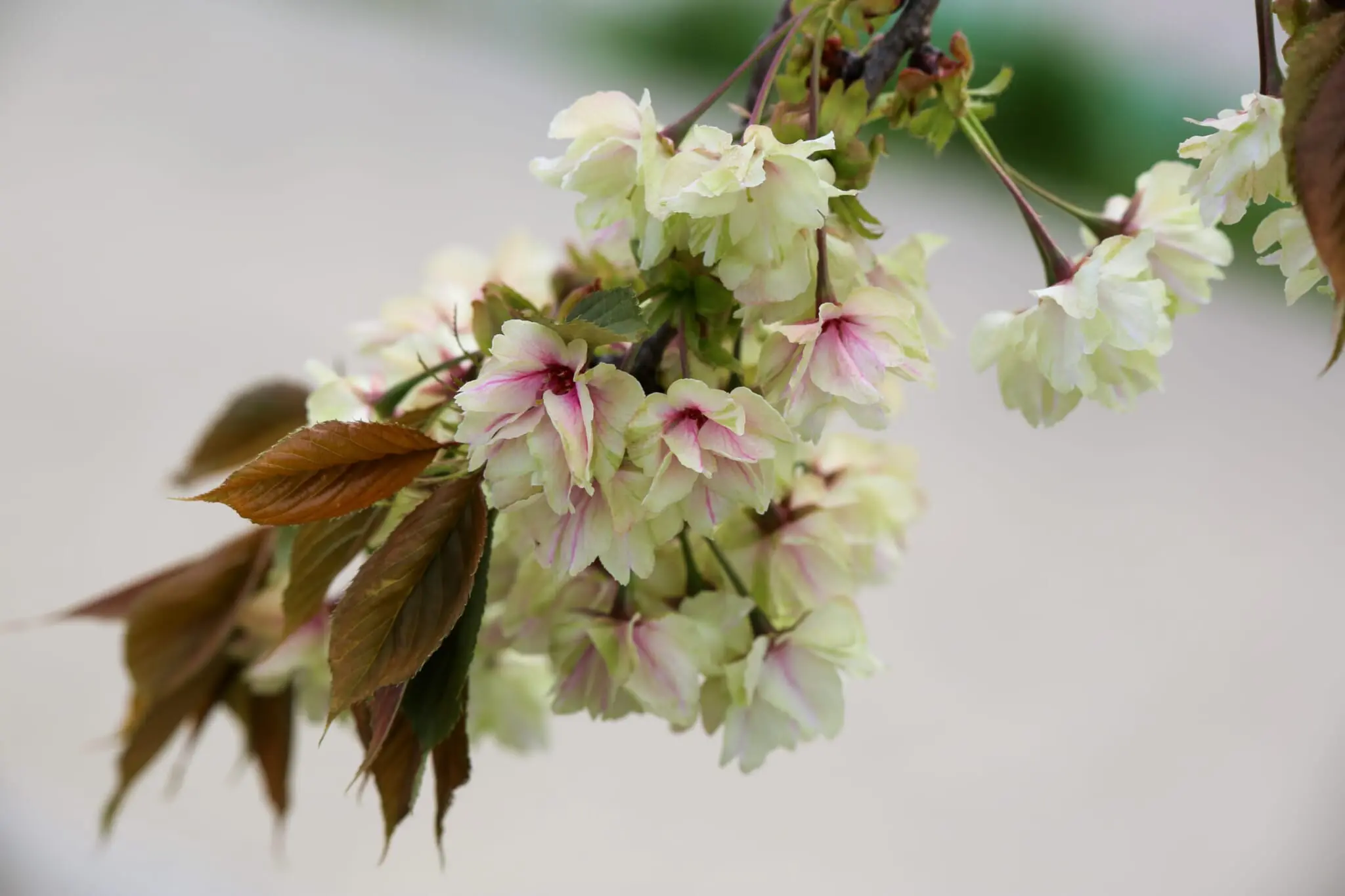
Interesting Sakura
Gyoikozakura
Blooming Period: mid-April
Green isn’t the first color that comes to mind when thinking about cherry blossoms, but that is the color of Gyoiko. They are the only green variety of sakura, and are double-layered with over 10 petals and a red center.
Seiyomizakura (Western Cherry)
Blooming Period: April to May
Blooming fluffy and white in early May, Seiyomizakura, or Western cherry trees, are responsible for the very cherries we love to eat. The fruit ripens in June and July.
Fugenzo
Blooming Period: mid to late April
Fugenzo got their name from the elephant ridden by the great Bodhisattva Samantabhadra, due to their curved dual pistils that are said to resemble elephant trunks. Instead of shedding 40 or so petals individually, Fugenzo cherry blossoms drop as a blossom and are often used to symbolize decapitation in poetry.
Ukon
Blooming Period: mid-April
Not to be confused with the popular hangover cure drink (though similar in color), Ukon cherry blossoms are instantly recognizable for their yellow petals and coppery leaves.

